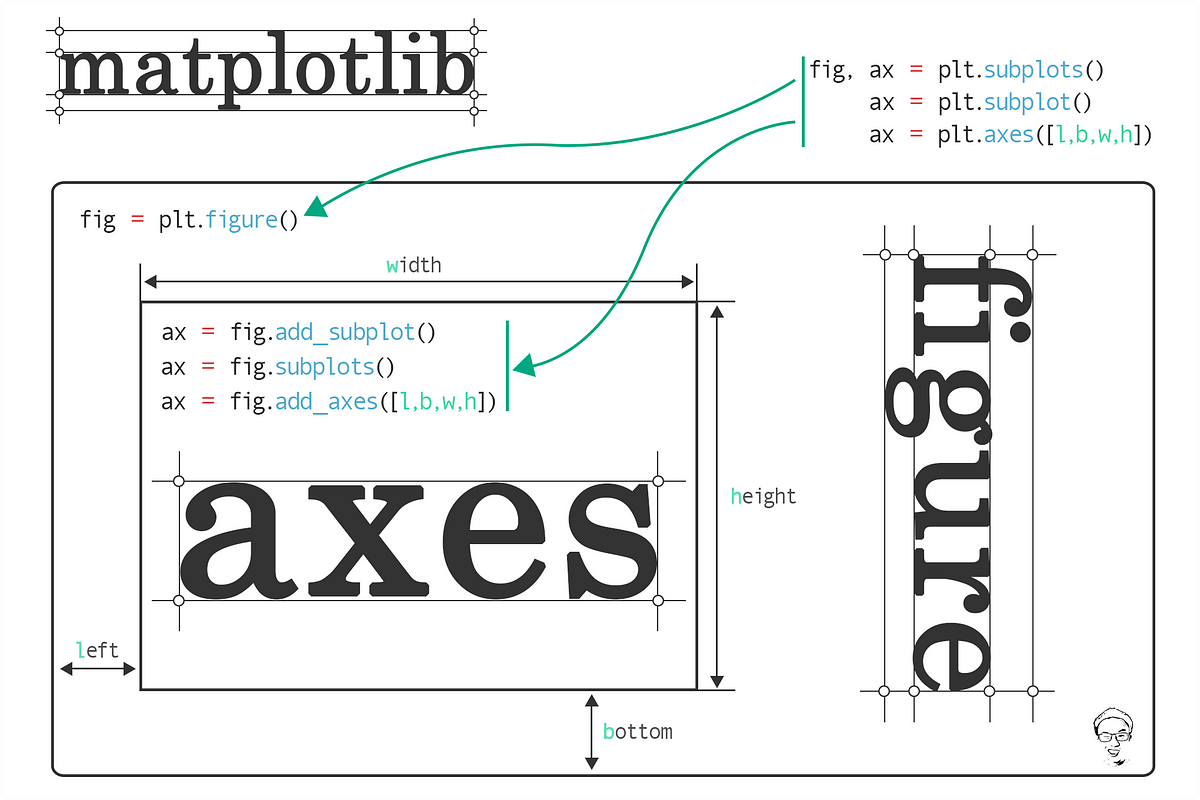

It can also be used in various types of projects, and developers can choose between object-oriented or procedural programming modes, along with support for various data types. It's ideal for beginners for its fast performance, ease of use, and relatively small learning curve-which can be attributed to its high readability. Its language structure bears similarities with English and some elements from mathematics, making it easy to read code-whether it be yours or someone else's.Īnother point that goes in favor of Python is its high reliability and scalability. As was mentioned earlier, simplicity and readability are paramount. Why Python?ĭespite the increasing number of programming languages and development platforms available in the market today, there are some key factors that make Python stand out from the rest. It contains standards and libraries in fields, such as web development and data sciences. There are thousands of third-party modules available for it in the Python Package Index, also known as PyPI. The great thing about Python is that it's built on a solid and compact foundation at its core, but is extensible and can be adapted to various applications through the use of modules. It includes data structures, dynamic binding, and many other features that make it suitable for making complex applications, as well as serving as a "glue" of sorts to connect different components together. Today, it's hailed as a high-level general-purpose programming language used in the development of programs and a variety of other use cases, including web design and the creation of system scripts. The core philosophy behind its conception was that it was to serve as a programming language that is simple yet functional, complex yet fully understandable by everyone who uses it, and compact yet highly adaptable for various types of uses.

Python was first conceived back in the late 1980s by Guido van Rossum at Centrum Wiskunde & Informatica (CWI) in the Netherlands.


 0 kommentar(er)
0 kommentar(er)
